Table of Contents
The Birth of the Longquan Sword in the Warring States Period
During the Warring States Period (475–221 BCE), China was in a state of constant conflict, with rival states seeking military superiority through advancements in weaponry. The Longquan Sword emerged as a revolutionary breakthrough, surpassing traditional bronze weapons with its superior iron composition. The swordsmith Ou Yezi, renowned for his metallurgical expertise, is credited with forging these legendary blades, ensuring exceptional sharpness, durability, and balance. Warriors and generals favored these swords for their cutting power and resilience in battle. The region of Longquan, rich in iron ore and abundant water sources necessary for quenching, became the heart of sword production. This innovation gave armies wielding these weapons an edge in combat, influencing military strategies across ancient China.
As the power struggle among Chinese states intensified, iron weaponry became a decisive factor in warfare, cementing the reputation of Longquan-crafted blades. Unlike bronze swords, which were prone to bending or breaking under stress, the Longquan Sword maintained its edge and strength over prolonged battles. This durability made it highly sought after by nobles and military commanders, marking it as a status symbol as well as a combat tool. Over time, the superior forging techniques developed in Longquan laid the foundation for future advancements in Chinese metallurgy, influencing the creation of later steel weapons. The sword’s legacy continued into successive dynasties, ensuring its place in both military history and Chinese cultural heritage.
Forging a Legacy in the Warring States Period
During the Warring States Period (475–221 BCE), China was in a state of constant conflict, with rival states seeking military superiority through advancements in weaponry. The Longquan Sword emerged as a revolutionary breakthrough, surpassing traditional bronze weapons with its superior iron composition. The swordsmith Ou Yezi, renowned for his metallurgical expertise, is credited with forging these legendary blades, ensuring exceptional sharpness, durability, and balance. Warriors and generals favored these swords for their cutting power and resilience in battle. The region of Longquan, rich in iron ore and abundant water sources necessary for quenching, became the heart of sword production. This innovation gave armies wielding these weapons an edge in combat, influencing military strategies across ancient China.
As the power struggle among Chinese states intensified, iron weaponry became a decisive factor in warfare, cementing the reputation of Longquan-crafted blades. Unlike bronze swords, which were prone to bending or breaking under stress, the Longquan Sword maintained its edge and strength over prolonged battles. This durability made it highly sought after by nobles and military commanders, marking it as a status symbol as well as a combat tool. Over time, the superior forging techniques developed in Longquan laid the foundation for future advancements in Chinese metallurgy, influencing the creation of later steel weapons. The sword’s legacy continued into successive dynasties, ensuring its place in both military history and Chinese cultural heritage.
The Advancement of Swordsmithing in the Han Dynasty
During the Han Dynasty (206 BCE–220 CE), technological advancements in metallurgy propelled Chinese weapon-making into a new era, with the Longquan Sword at the forefront of innovation. Blacksmiths perfected the steel-making process, employing quenching techniques to harden the blade’s edge while maintaining a flexible spine. This differential heat treatment created swords with exceptional sharpness and resilience, making them indispensable for warriors in battle. Cavalry units, which played a crucial role in Han military strategy, benefited from the sword’s extended length and improved balance, allowing for greater reach and precision. The superior craftsmanship of Longquan swords ensured their widespread use among Han generals, further establishing their reputation as elite weapons fit for both combat and ceremonial prestige.
Beyond warfare, Longquan Sword craftsmanship carried deep cultural significance, symbolizing honor, power, and intellectual refinement. These swords were treasured by scholars and high-ranking officials, often passed down as heirlooms or gifted to demonstrate loyalty and esteem. Some believed that the precise forging methods imbued the swords with mystical energy, aligning them with Taoist philosophies of balance and harmony. The prestige of these blades extended beyond China, with historical records indicating their presence in diplomatic exchanges with neighboring states. As a result, the Han Dynasty solidified Longquan’s status as the pinnacle of sword-making, laying the foundation for its enduring legacy in Chinese martial and cultural traditions.
The Advancement of Swordsmithing in the Han Dynasty
During the Han Dynasty (206 BCE–220 CE), technological advancements in metallurgy propelled Chinese weapon-making into a new era, with the Longquan Sword at the forefront of innovation. Blacksmiths perfected the steel-making process, employing quenching techniques to harden the blade’s edge while maintaining a flexible spine. This differential heat treatment created swords with exceptional sharpness and resilience, making them indispensable for warriors in battle. Cavalry units, which played a crucial role in Han military strategy, benefited from the sword’s extended length and improved balance, allowing for greater reach and precision. The superior craftsmanship of Longquan swords ensured their widespread use among Han generals, further establishing their reputation as elite weapons fit for both combat and ceremonial prestige.
Beyond warfare, Longquan Sword craftsmanship carried deep cultural significance, symbolizing honor, power, and intellectual refinement. These swords were treasured by scholars and high-ranking officials, often passed down as heirlooms or gifted to demonstrate loyalty and esteem. Some believed that the precise forging methods imbued the swords with mystical energy, aligning them with Taoist philosophies of balance and harmony. The prestige of these blades extended beyond China, with historical records indicating their presence in diplomatic exchanges with neighboring states. As a result, the Han Dynasty solidified Longquan’s status as the pinnacle of sword-making, laying the foundation for its enduring legacy in Chinese martial and cultural traditions.
Resilience and Adaptation in the Song and Yuan Dynasties
During the Song Dynasty (960–1279 CE), China experienced political instability and external threats, yet the Longquan Sword retained its prominence. Although large-scale warfare shifted towards new military strategies, scholar-officials and Taoist practitioners revered these swords as emblems of integrity and wisdom. The craftsmanship evolved to emphasize intricate designs and symbolic engravings, reflecting the intellectual and philosophical ideals of the era. The practice of folding steel advanced, improving the sword’s flexibility and durability. These enhancements ensured that even as battlefield tactics changed, Longquan swords remained relevant. While their direct military use declined, their role in ceremonial practices and martial arts flourished, demonstrating their lasting significance beyond combat and into the cultural heart of the Song Dynasty.
Under the Yuan Dynasty (1271–1368 CE), Mongol rule introduced sweeping changes to Chinese warfare, yet skilled swordsmiths in Longquan adapted to the new demand for high-quality steel weapons. The Mongols, known for their extensive military campaigns, recognized the superior metallurgy of Chinese sword-making and continued to commission Longquan Sword production. The refinement of steel folding and heat treatment techniques allowed these blades to withstand harsh combat conditions, making them valuable to both Chinese and Mongol warriors. Despite the dominance of cavalry-based warfare, Longquan swords remained highly sought after as collector’s items and prestigious gifts. Their resilience during this period of foreign rule reinforced their status as not only functional weapons but also treasured symbols of heritage and craftsmanship.
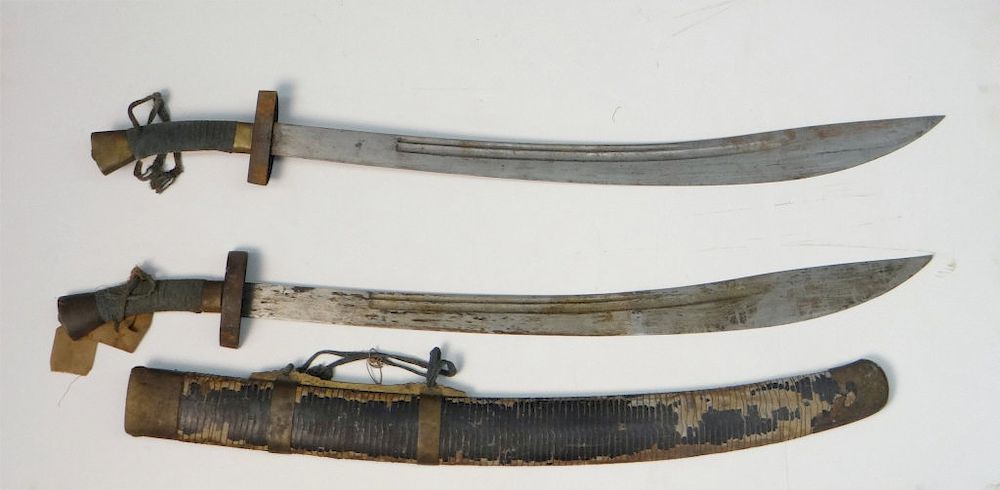
The Resurgence of Longquan Sword Craftsmanship in the Ming Dynasty
The Ming Dynasty (1368–1644 CE) marked a significant revival of traditional Chinese weaponry, with the Longquan Sword once again rising to prominence. With the decline of Mongol rule, the Ming emperors sought to restore Chinese military traditions, emphasizing the importance of close-combat weaponry alongside firearms. Longquan swordsmiths benefited from imperial endorsement, leading to the establishment of organized workshops that refined manufacturing techniques. The introduction of differential tempering became a hallmark of Ming-era swords, ensuring a hardened, razor-sharp edge while maintaining a flexible spine for durability. Military officers and palace guards wielded these swords in battle and ceremonial duties, reinforcing their practical and symbolic significance within the imperial court and beyond.
Beyond military use, the Longquan Sword became a symbol of power and prestige in diplomatic and aristocratic circles. Ming emperors frequently presented these swords as gifts to esteemed generals, foreign dignitaries, and influential scholars, solidifying their role as more than just weapons. The era also saw artistic advancements in sword design, with intricate carvings, jade and gold inlays, and engraved inscriptions enhancing their aesthetic appeal. This period of resurgence reinforced Longquan’s reputation as China’s premier sword-making hub, ensuring the survival and continued refinement of its craftsmanship. The swords’ superior quality and imperial association cemented their legacy, making them treasured artifacts that extended beyond the battlefield and into China’s cultural and political history.
The Shift from Warfare to Symbolism in the Qing Dynasty
The Qing Dynasty (1644–1912 CE) saw a significant transformation in military tactics as firearms and artillery replaced traditional melee weapons in large-scale battles. With gunpowder-based weaponry proving more effective in combat, swords like the Longquan Sword gradually lost their role as primary weapons. However, these finely crafted blades did not vanish; instead, they became symbols of status and tradition within the imperial court. Qing emperors integrated them into ceremonial attire, bestowing elaborately decorated Longquan swords upon high-ranking officials and military leaders. These swords, often adorned with gold, jade, and intricate engravings, were no longer essential for battle but remained an important part of military uniforms, reflecting rank and heritage while honoring China’s legacy of superior sword-making craftsmanship.
Even as their battlefield utility declined, the Longquan Sword retained its significance within martial arts and cultural traditions. Schools such as Wudang and Shaolin continued to incorporate these swords into their rigorous training, using them to practice forms that emphasized fluid movement, discipline, and historical combat techniques. Martial artists valued Longquan swords for their balance and craftsmanship, ensuring they remained integral to swordplay demonstrations and traditional performances. Additionally, collectors and scholars preserved these swords as historical artifacts, appreciating their fine metallurgy and artistic embellishments. While the Qing military moved toward modernization, the craftsmanship and symbolic value of Longquan swords ensured their survival, allowing them to transition from instruments of war to revered cultural treasures.
The Struggle to Preserve Traditional Sword Craftsmanship in the Republic of China
With the establishment of the Republic of China (1912–1949), the demand for traditional weaponry declined as modern firearms became the standard in warfare. Western-style rifles, machine guns, and artillery rendered melee weapons obsolete, drastically reducing the need for swords in both military and civilian life. As a result, many artisans who had dedicated generations to crafting the Longquan Sword found themselves without a market for their work. Economic hardships and political turmoil forced numerous swordsmiths to abandon their craft, repurposing their expertise to produce farming tools, kitchen knives, and other utilitarian metal goods. However, a few skilled artisans remained committed to safeguarding the ancient techniques, understanding that Longquan swords were more than weapons—they were a cultural legacy.
Despite the decline in sword-making, the Longquan Sword was not completely forgotten. A small but dedicated group of master swordsmiths continued to train apprentices in secret, ensuring that traditional forging techniques, such as differential tempering and steel folding, were passed down. Some collectors and martial artists, particularly those involved in Chinese Wushu, recognized the historical importance of these swords and sought to preserve them as artifacts rather than instruments of war. However, the instability of the Republic era, combined with economic struggles and shifting military priorities, placed Longquan sword-making at risk of fading into obscurity. It would take a cultural revival in later decades to rescue and restore this ancient craft to its former prestige.
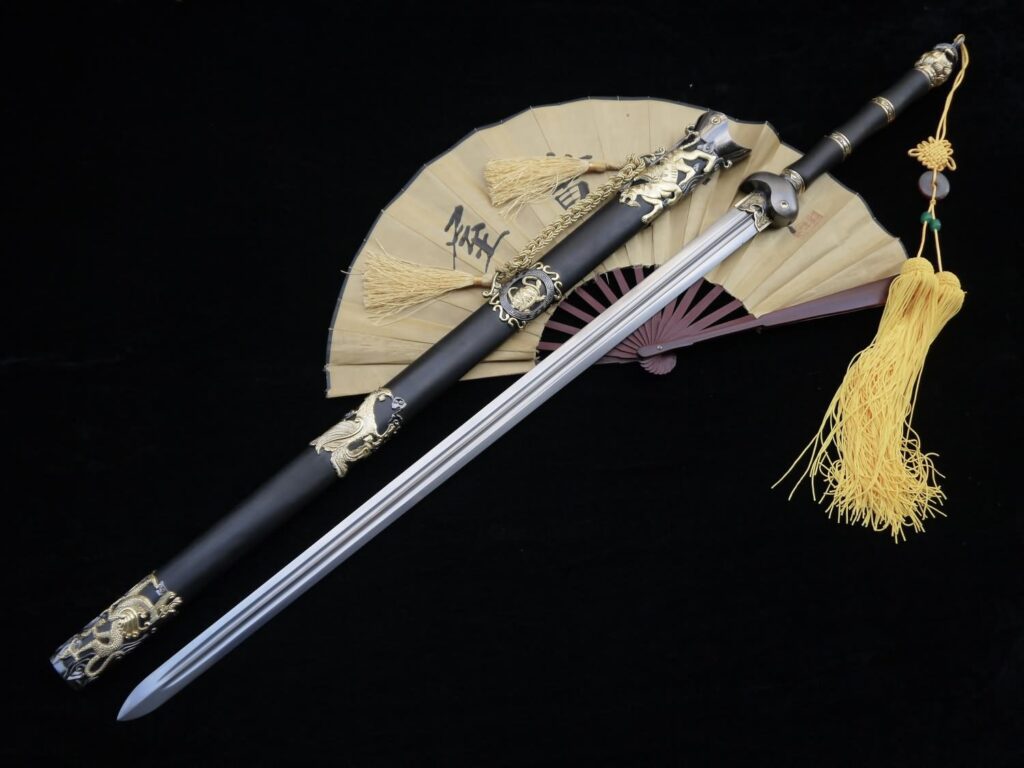
Suppression of Traditional Sword-Making During the Cultural Revolution
During the Cultural Revolution (1966–1976), China underwent a radical political and cultural upheaval under Mao Zedong’s leadership, targeting anything associated with feudalism or imperial heritage. Traditional crafts, including the production of the Longquan Sword, were deemed relics of the past and were systematically suppressed. Government-led campaigns sought to eradicate martial traditions, leading to the confiscation and destruction of historical swords that had been preserved for generations. Factories and workshops dedicated to sword-making were shut down, and many skilled artisans were forced to abandon their craft or face severe punishment. The loss of these sword-making traditions was a significant cultural setback, as knowledge that had been passed down for centuries was nearly lost during this era of ideological control.
Despite the harsh restrictions, a small number of craftsmen remained committed to preserving the art of forging the Longquan Sword. Many risked their safety by continuing their work in secret, passing on techniques through oral instruction rather than written records to avoid detection. Some hid their tools and materials, waiting for a time when their craft could be revived without fear of persecution. The resilience of these swordsmiths played a crucial role in ensuring that the knowledge of traditional forging techniques was not completely erased. When restrictions on cultural heritage eased in the late 20th century, these artisans emerged from secrecy, allowing the ancient art of Longquan sword-making to experience a long-overdue revival.
The Restoration of a Lost Art in the Late 20th Century
As China embraced economic and cultural reforms in the late 20th century, the revival of traditional arts became a priority, leading to the resurgence of Longquan Sword craftsmanship. In the 1980s, restrictions on ancient trades were lifted, allowing skilled artisans to openly resume their craft after decades of suppression. Recognizing the deep historical and cultural significance of Longquan swords, the Chinese government designated them as a national intangible cultural heritage. This official recognition spurred efforts to protect and promote the craft, ensuring that traditional forging techniques, such as hand forging, high-carbon steel tempering, and detailed polishing, were preserved.
The revitalization of the Longquan Sword extended beyond the workshops of master swordsmiths, as cultural institutions and martial arts schools played a vital role in preserving its legacy. Museums across China began showcasing these legendary weapons, educating the public on their historical significance and the precise craftsmanship involved in their production. Meanwhile, martial artists integrated Longquan swords into their practice, particularly in Wushu and Tai Chi, ensuring their continued relevance in traditional combat and ceremonial performances. The rising global appreciation for Chinese heritage further fueled demand, with Longquan swords being exported worldwide. By balancing ancient forging methods with modern refinements, contemporary artisans have ensured that this centuries-old tradition remains a thriving and respected art form.
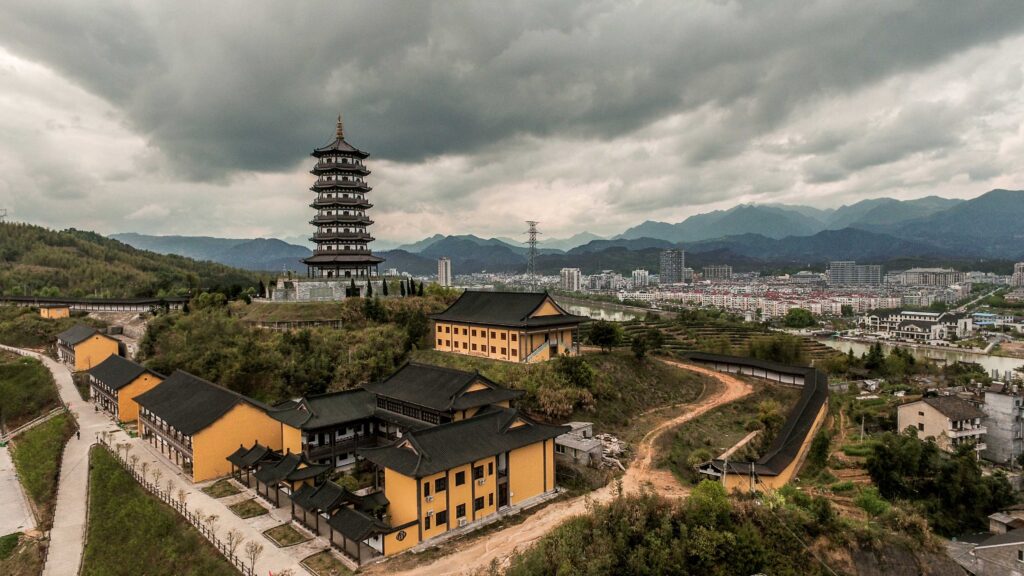
The Fusion of Tradition and Modern Craftsmanship
In the 21st century, the demand for handcrafted weapons and cultural artifacts has propelled the Longquan Sword into a new era of prestige and innovation. While still rooted in centuries-old techniques, modern swordsmiths have embraced advanced metallurgy, using high-quality steel alloys to enhance durability and sharpness. These swords are not only prized for their historical significance but also for their functionality in martial arts, with practitioners of Wushu and Tai Chi relying on their balance and craftsmanship for precise movements. Beyond combat training, Longquan swords have found a place in ceremonial traditions, film productions, and international exhibitions. The blend of traditional craftsmanship with modern enhancements ensures that these legendary weapons remain both authentic and adaptable in today’s world.
As interest in Chinese cultural heritage continues to grow, the Longquan Sword has become a key attraction in the region’s tourism industry. The government of Longquan has actively promoted its sword-making heritage, establishing workshops and museums where visitors can witness the intricate forging process firsthand. This effort has not only preserved the craft but also provided economic opportunities for local artisans. Additionally, with rising global demand, these swords are now exported worldwide, reaching collectors and enthusiasts who appreciate their history and artistry. Despite technological advancements and changing times, the Longquan Sword continues to embody the essence of Chinese martial tradition, proving that its legacy remains as strong as the steel from which it is forged.
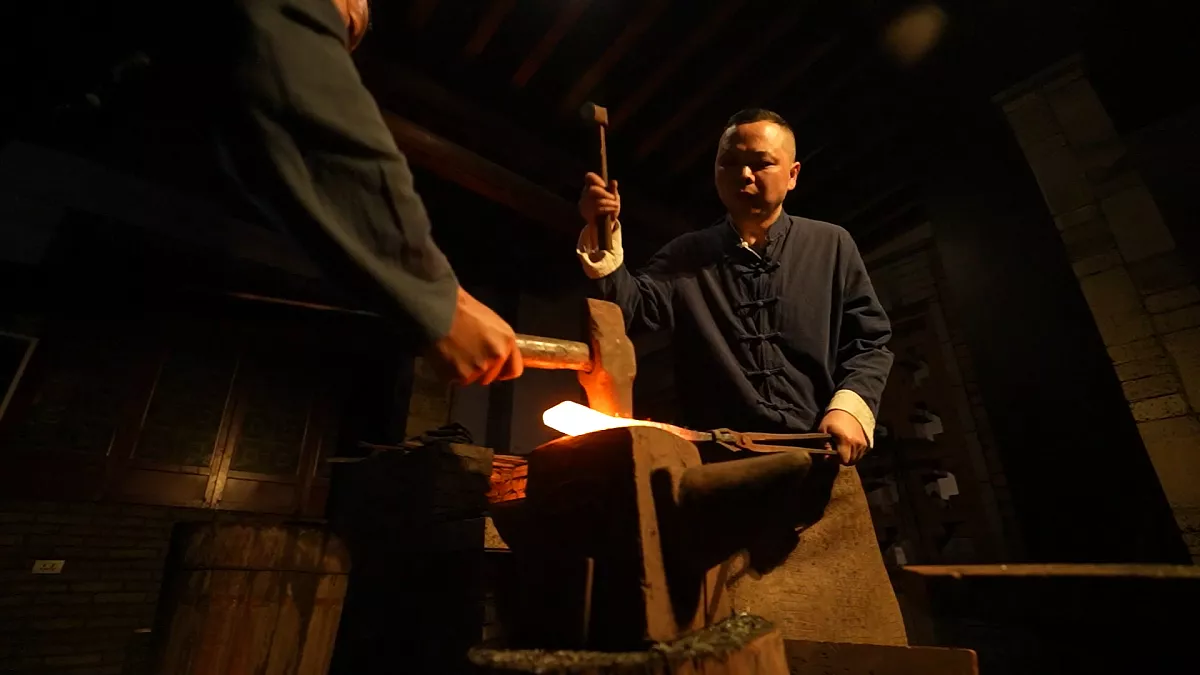
A Legacy Forged in Strength and Tradition
The Longquan Sword stands as a testament to China’s mastery of metallurgy and the unwavering dedication of its artisans. For over two millennia, this blade has endured through war, dynastic transitions, and technological advancements, continuously evolving without losing its essence. During the Warring States Period, it revolutionized weaponry with its iron-forging techniques, setting a standard for future sword-making. Through the rise and fall of empires, from the Han to the Qing Dynasty, it remained an emblem of military prestige and cultural significance. Even in the face of modern industrialization, swordsmiths have safeguarded the techniques that make these swords unique. Each blade carries the weight of history, embodying not just superior craftsmanship but also the resilience of Chinese tradition.
As a symbol of national pride, the Longquan Sword continues to inspire warriors, martial artists, and collectors worldwide. No longer just a tool for battle, it represents discipline, artistry, and heritage. Wielded in Wushu and Tai Chi, it remains essential to martial arts, blending combat precision with fluid movement. Museums and exhibitions showcase these swords as treasured artifacts, honoring their role in Chinese history. The meticulous forging process, passed down for generations, ensures that each blade upholds the same excellence that defined it centuries ago. Whether displayed as an heirloom or used in martial training, the Longquan Sword’s legacy remains as unyielding as the steel from which it is forged.
How useful was this post?
Click on a star to rate it!
Average rating / 5. Vote count:
No votes so far! Be the first to rate this post.
Author
-

Meet Dr. Kendall Gregory, a highly accomplished professional with a remarkable academic background and a deep passion for empowering individuals through knowledge. Dr. Gregory’s educational journey began with a Bachelor of Science degree, followed by a Doctor of Chiropractic Medicine, focusing on diagnosing and treating musculoskeletal conditions. He further expanded his expertise with a Master's degree in Oriental Medicine, specializing in acupuncture and Chinese herbology, and a Master's degree in Health Care Administration, emphasizing his dedication to improving healthcare systems. Dr. Gregory combines his extensive knowledge and practical experience to provide comprehensive and integrative healthcare solutions. Through his writings, he aims to inspire individuals to take charge of their health and make informed decisions.
View all posts
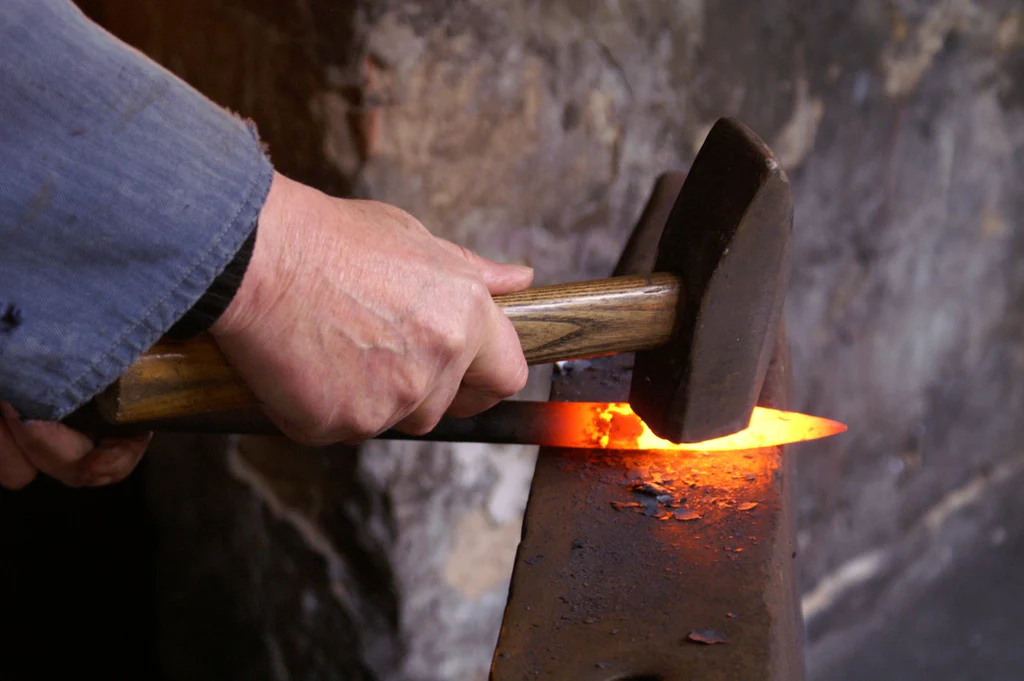
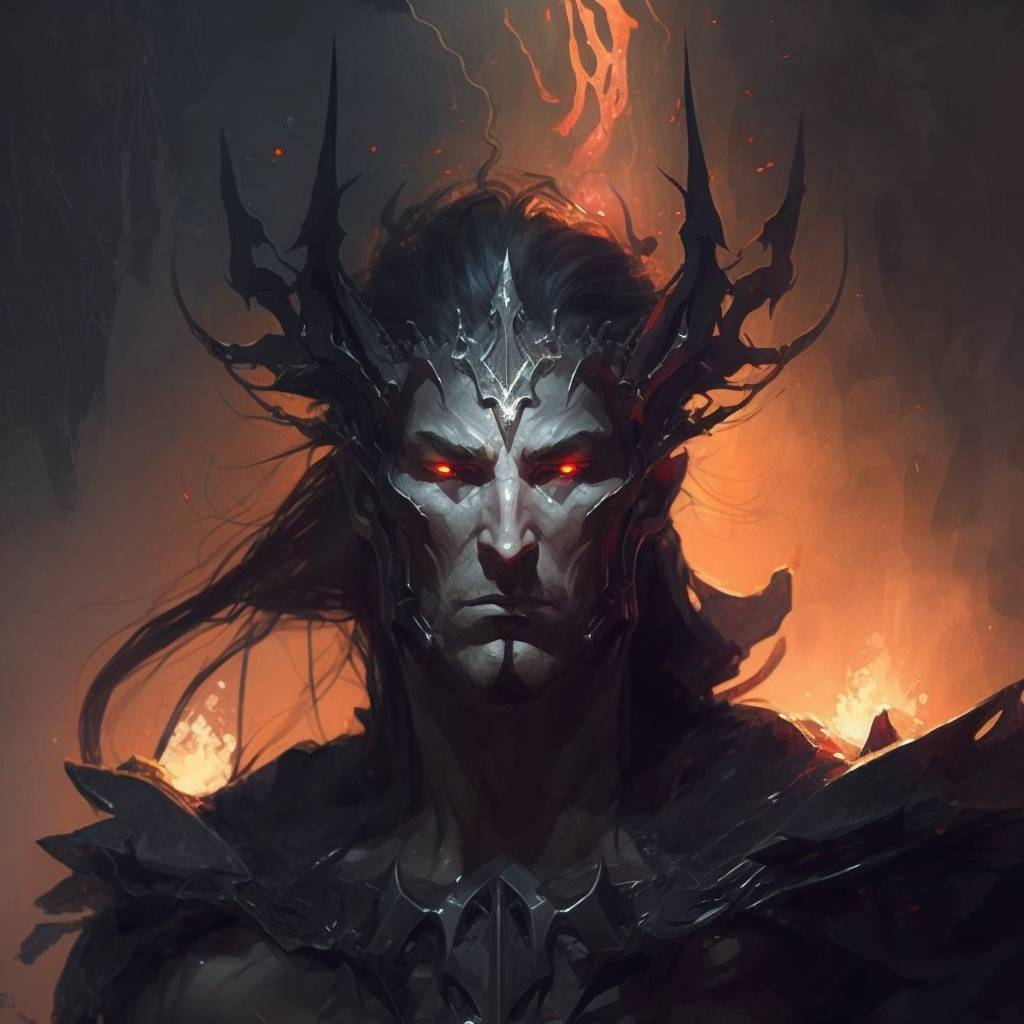


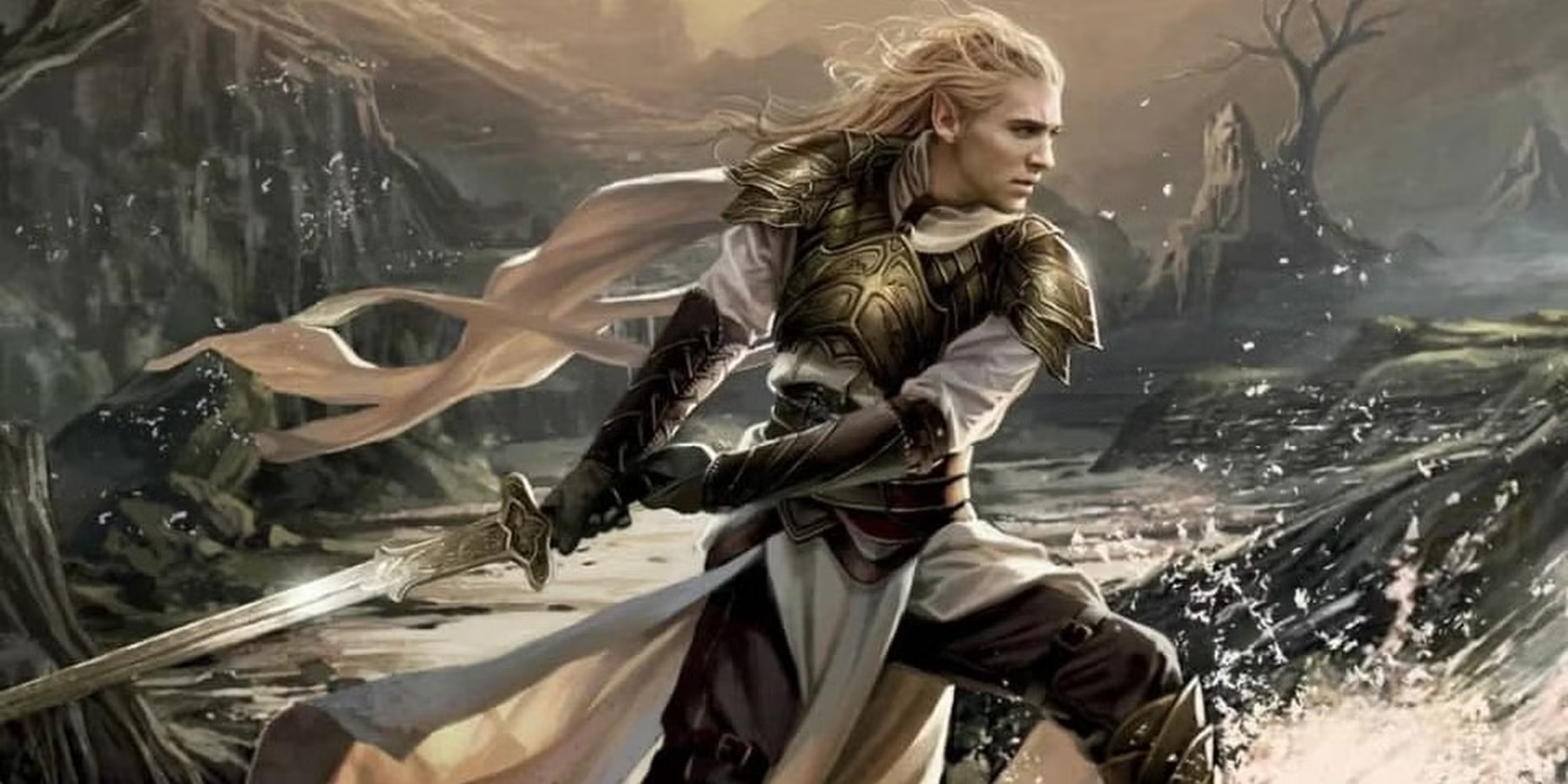
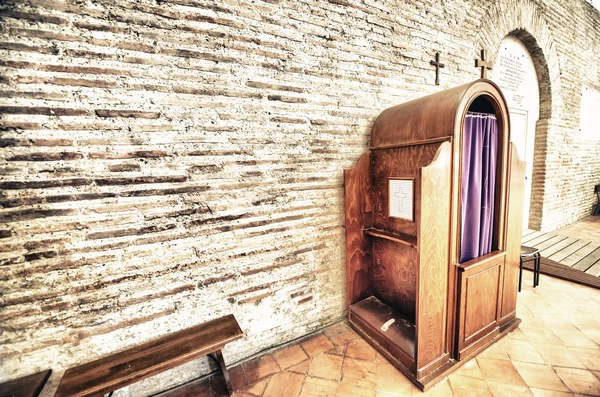

[…] Even before writing fiction, Tolkien constructed languages purely for enjoyment, later crafting mythologies to give them cultural and historical […]